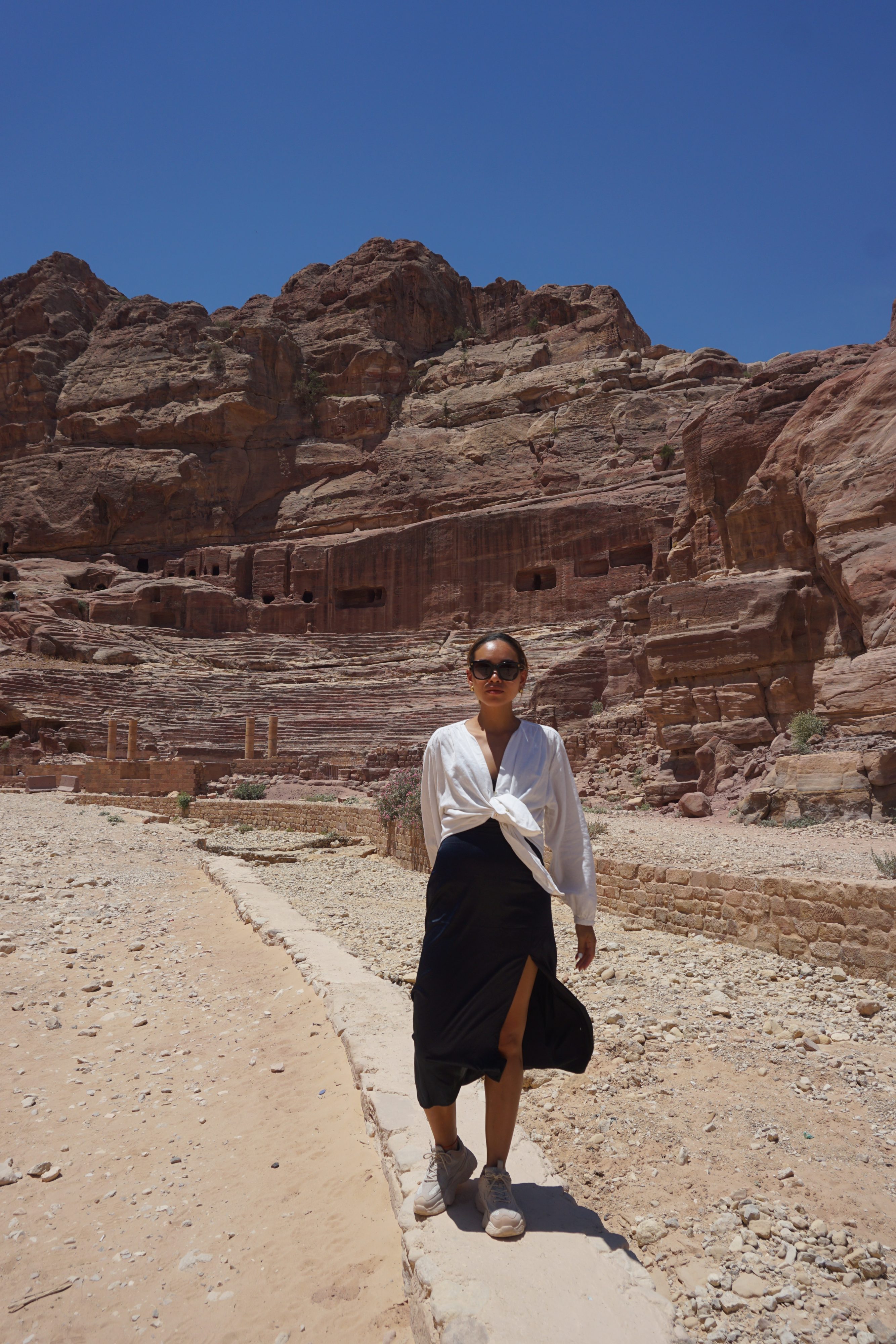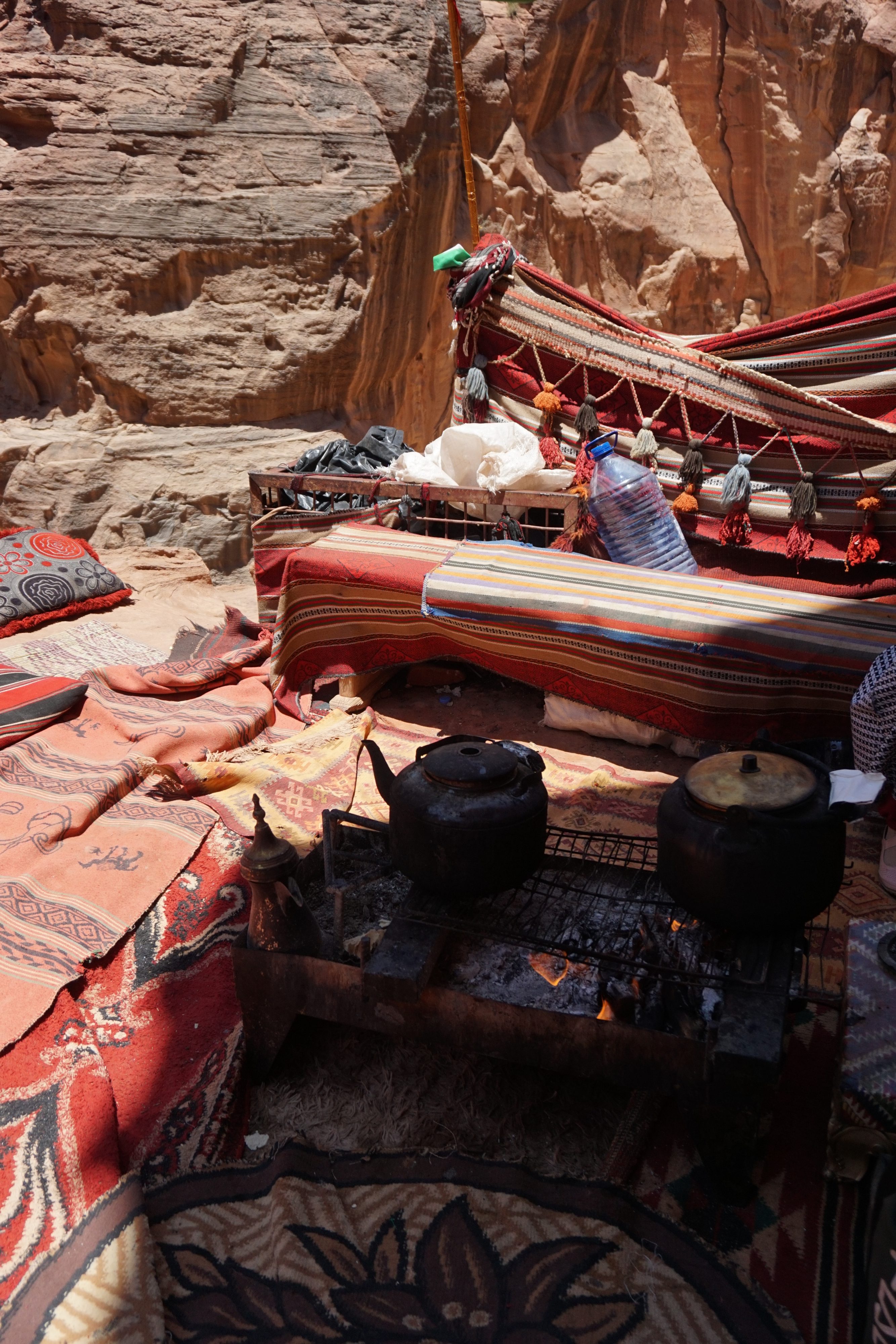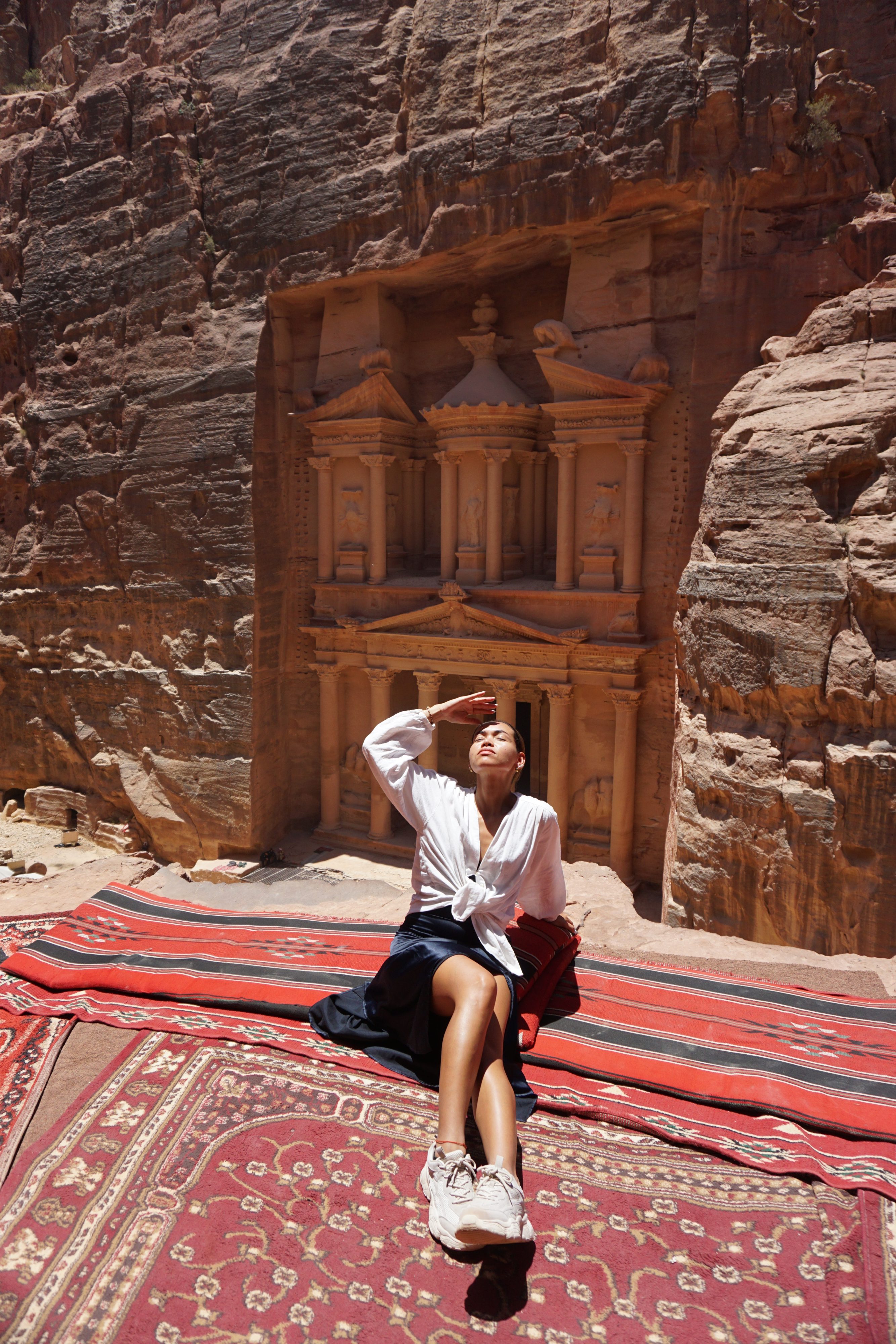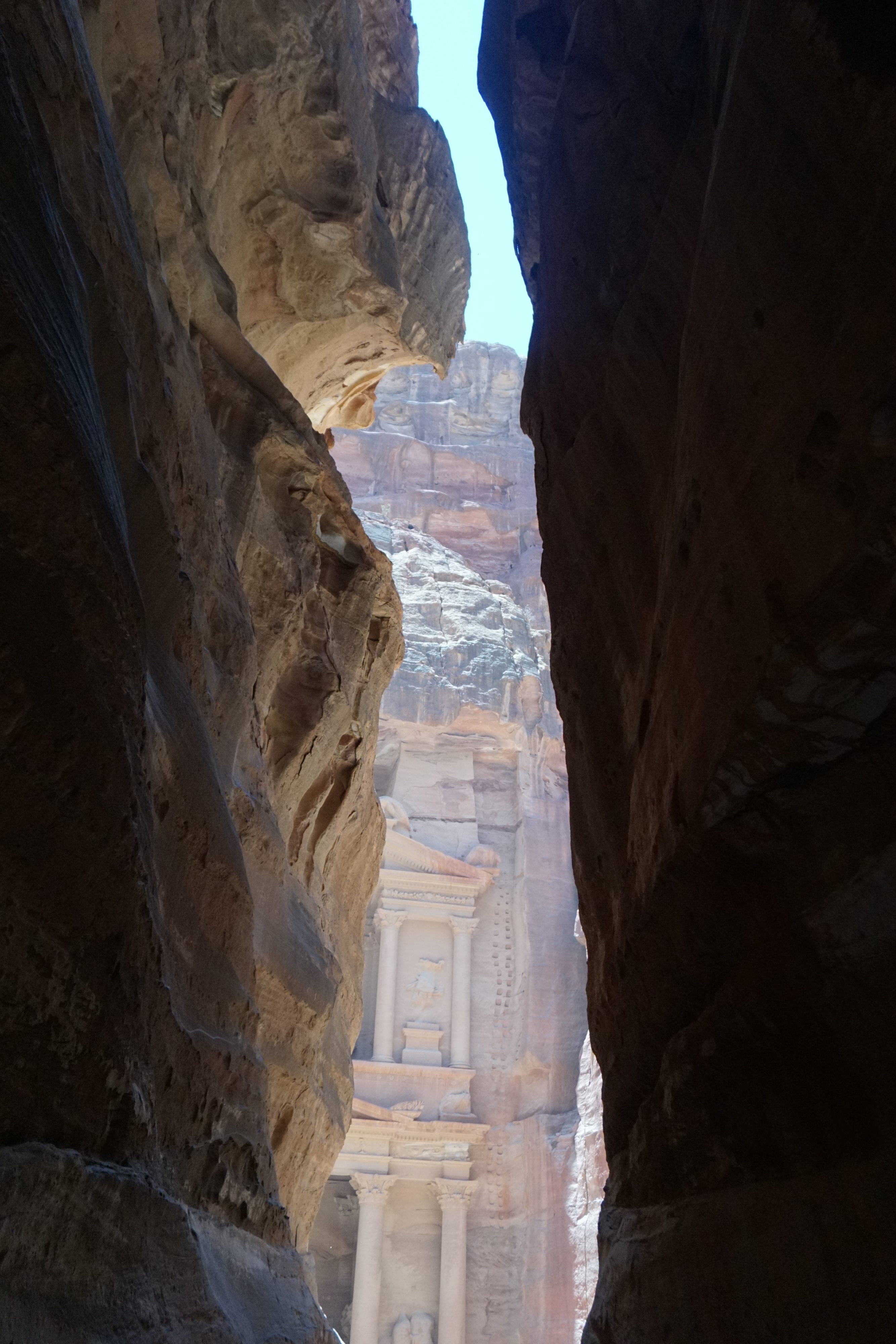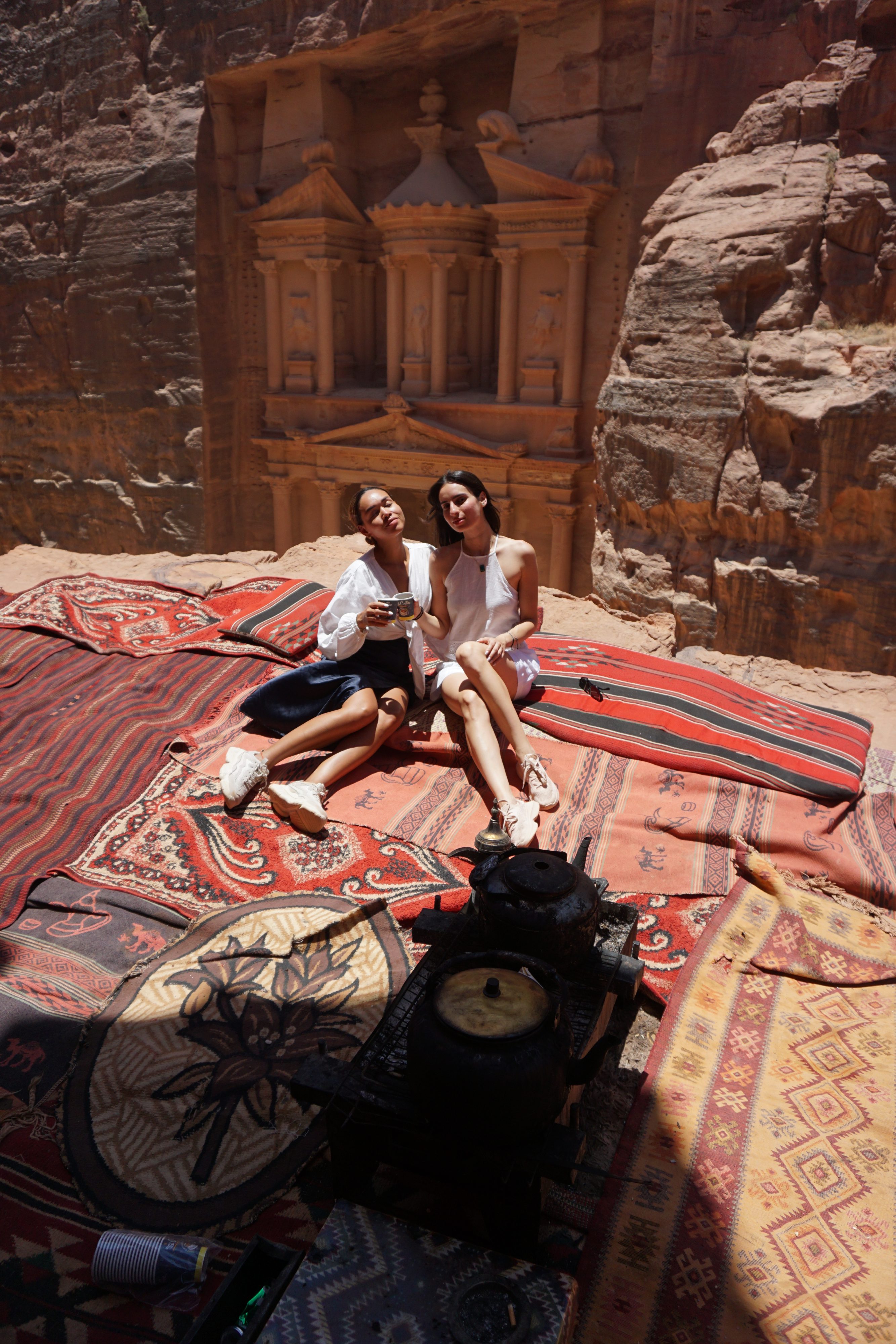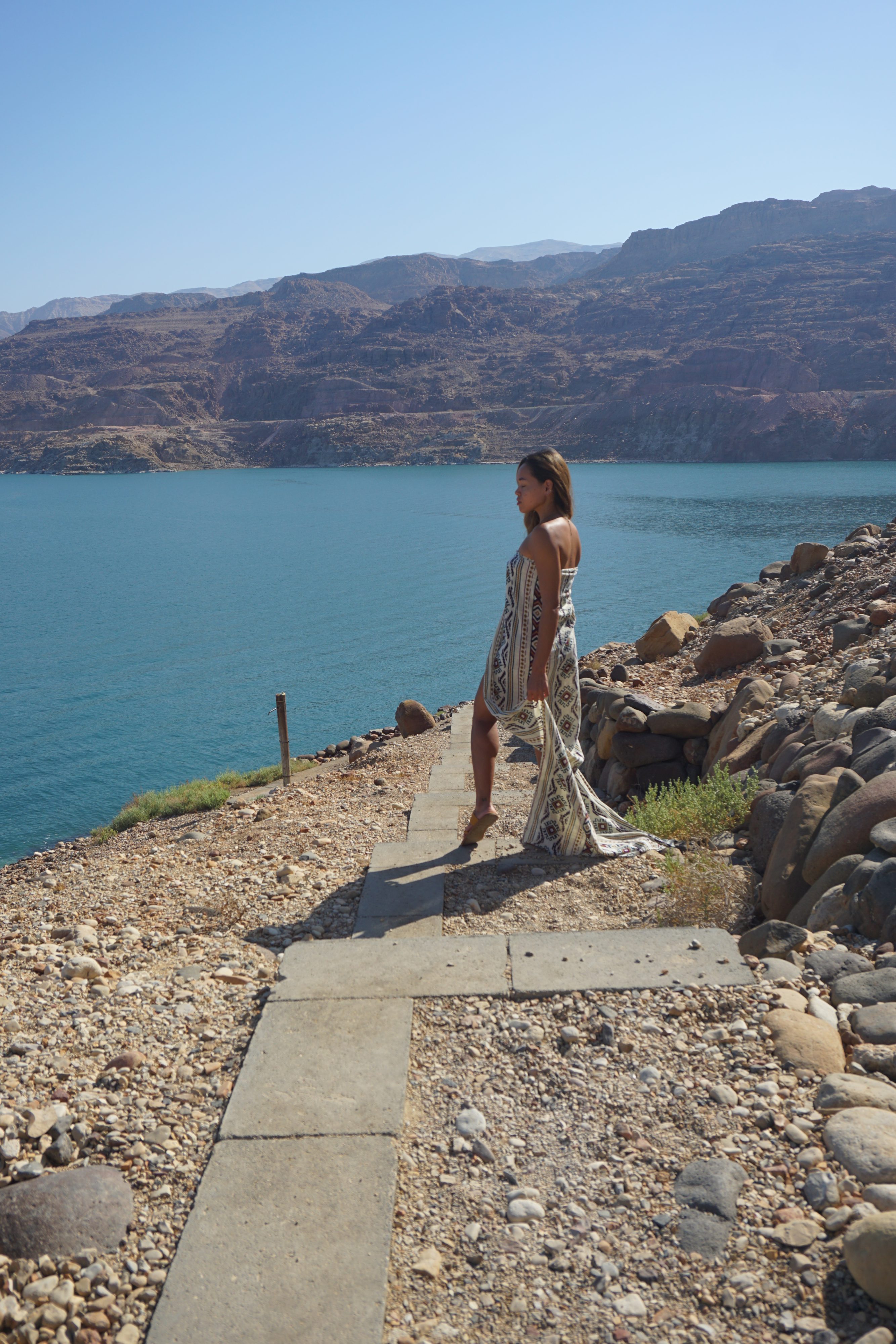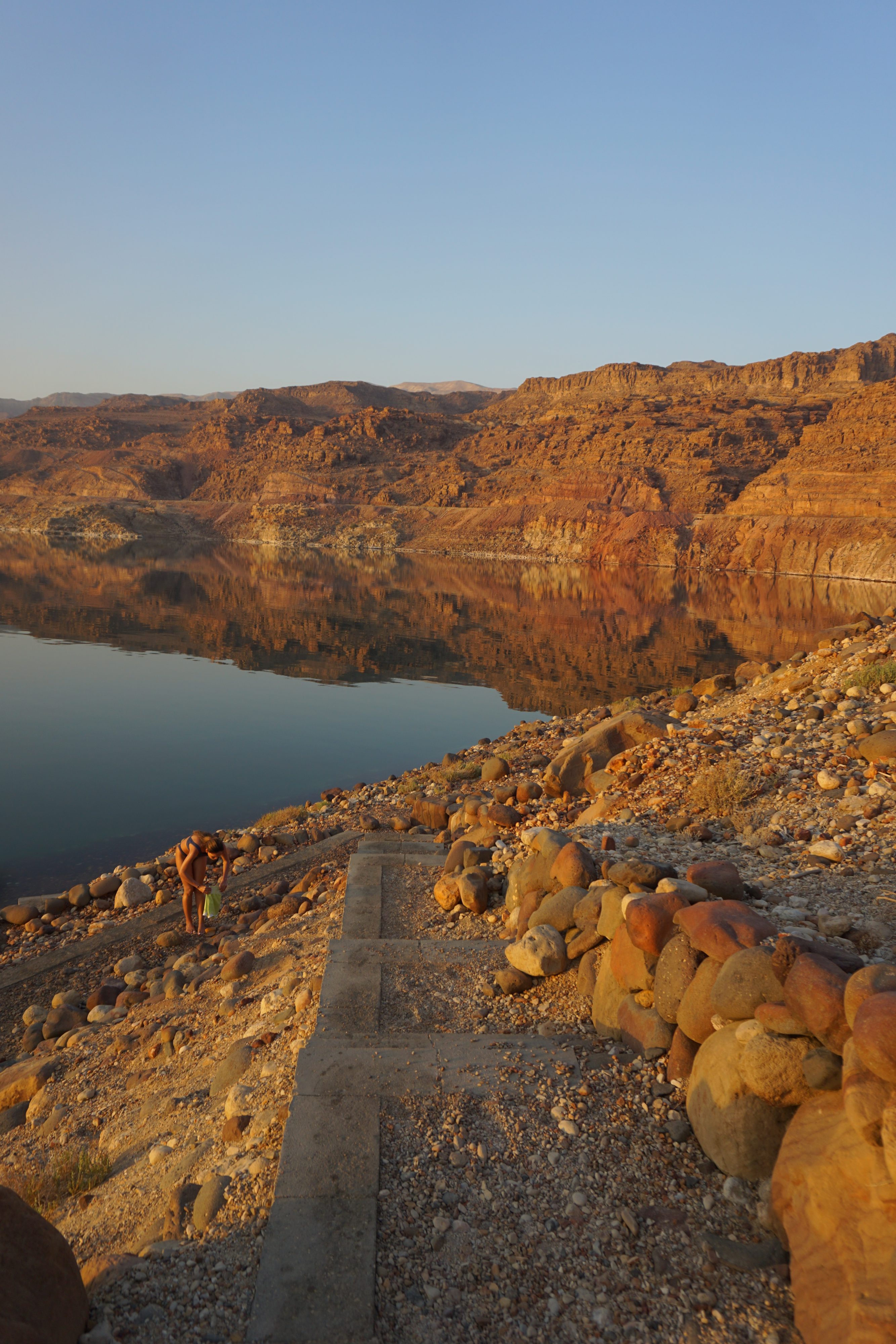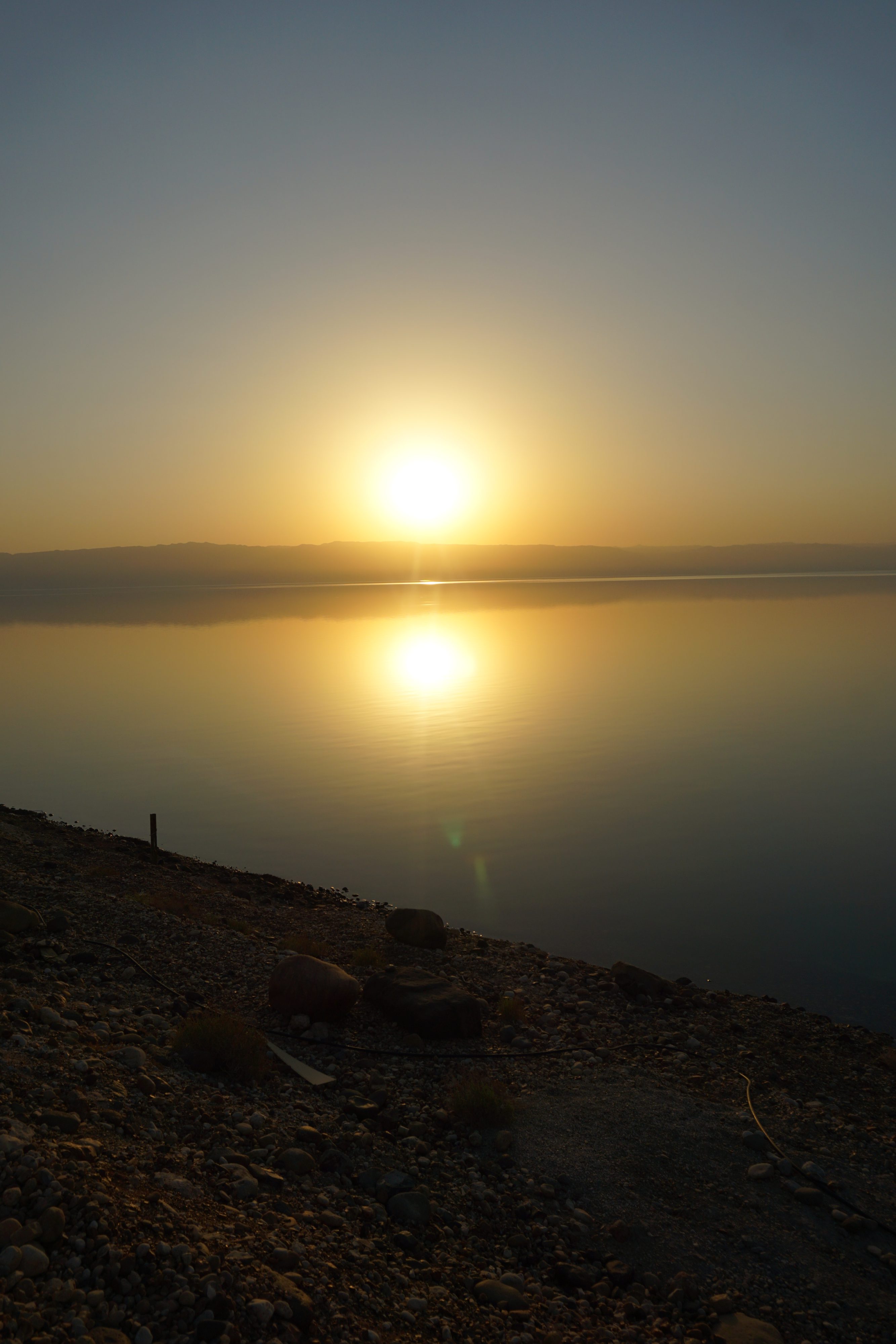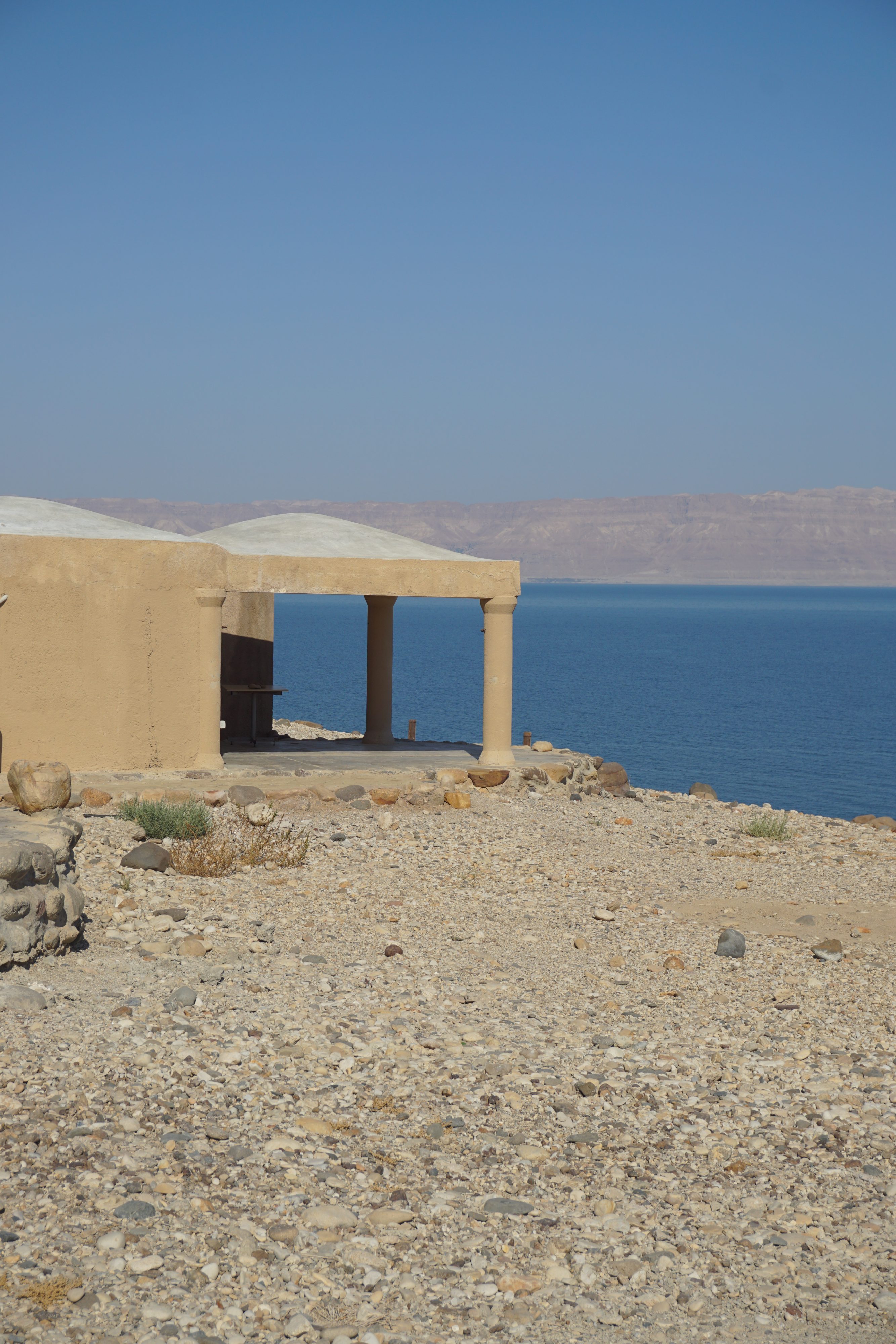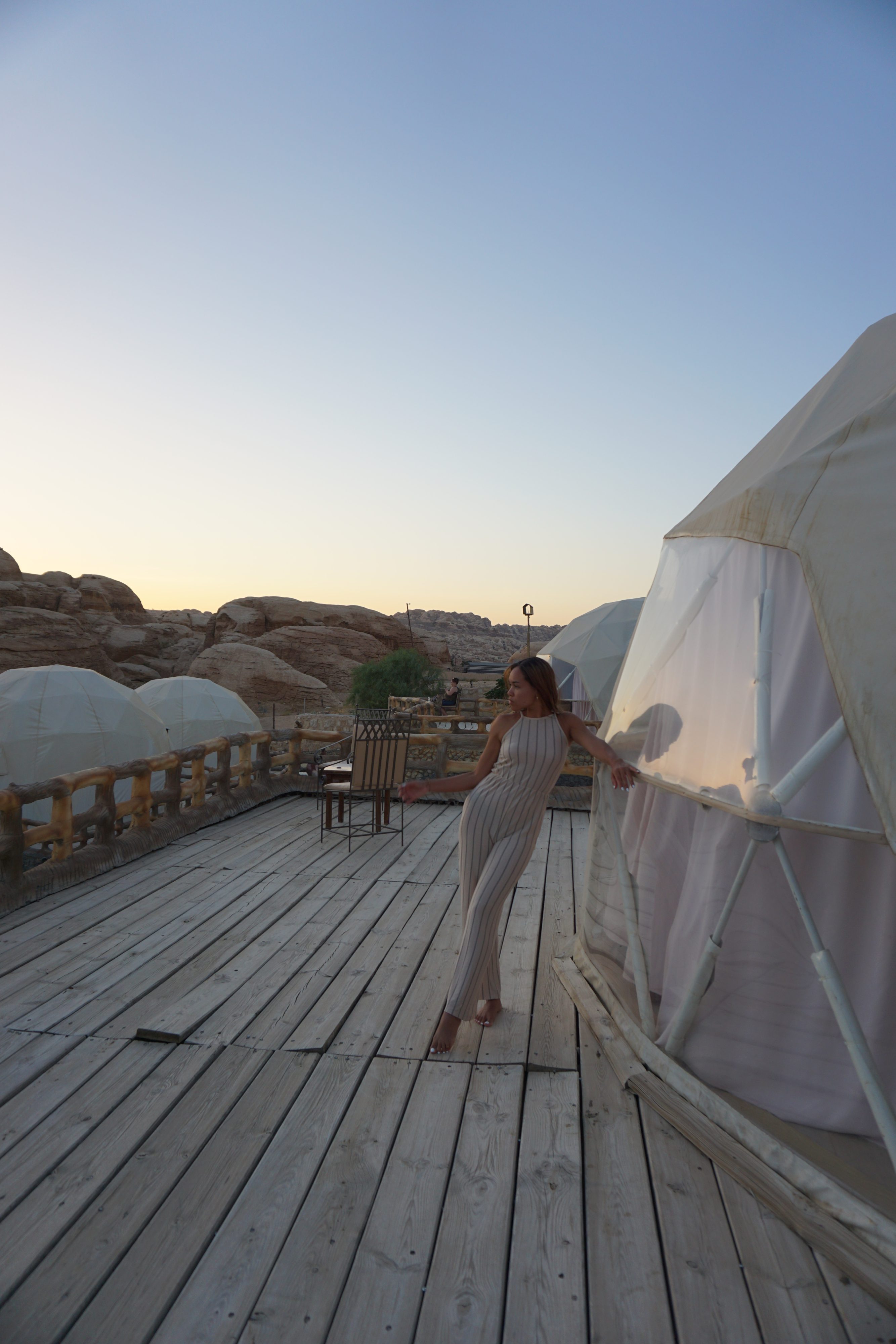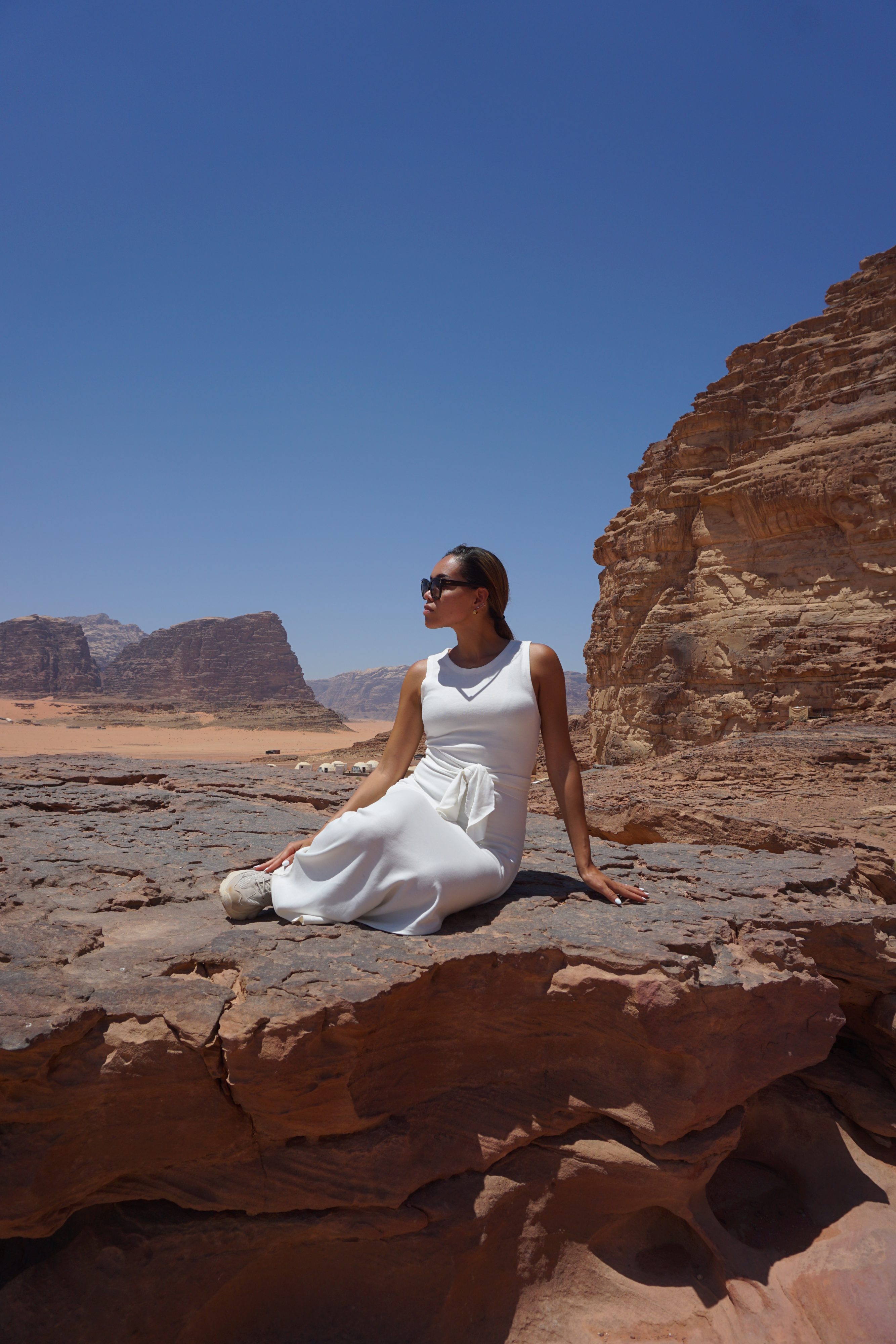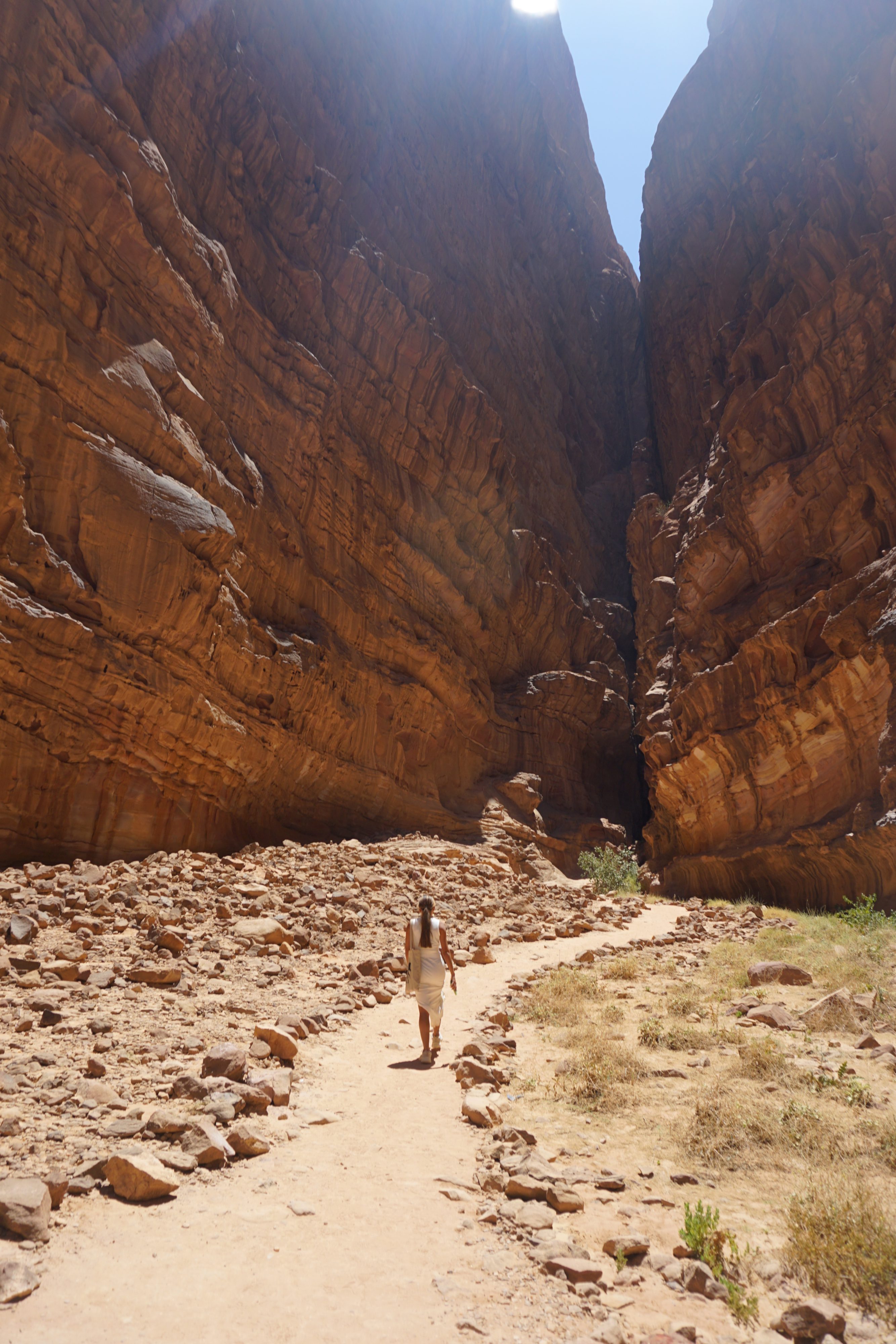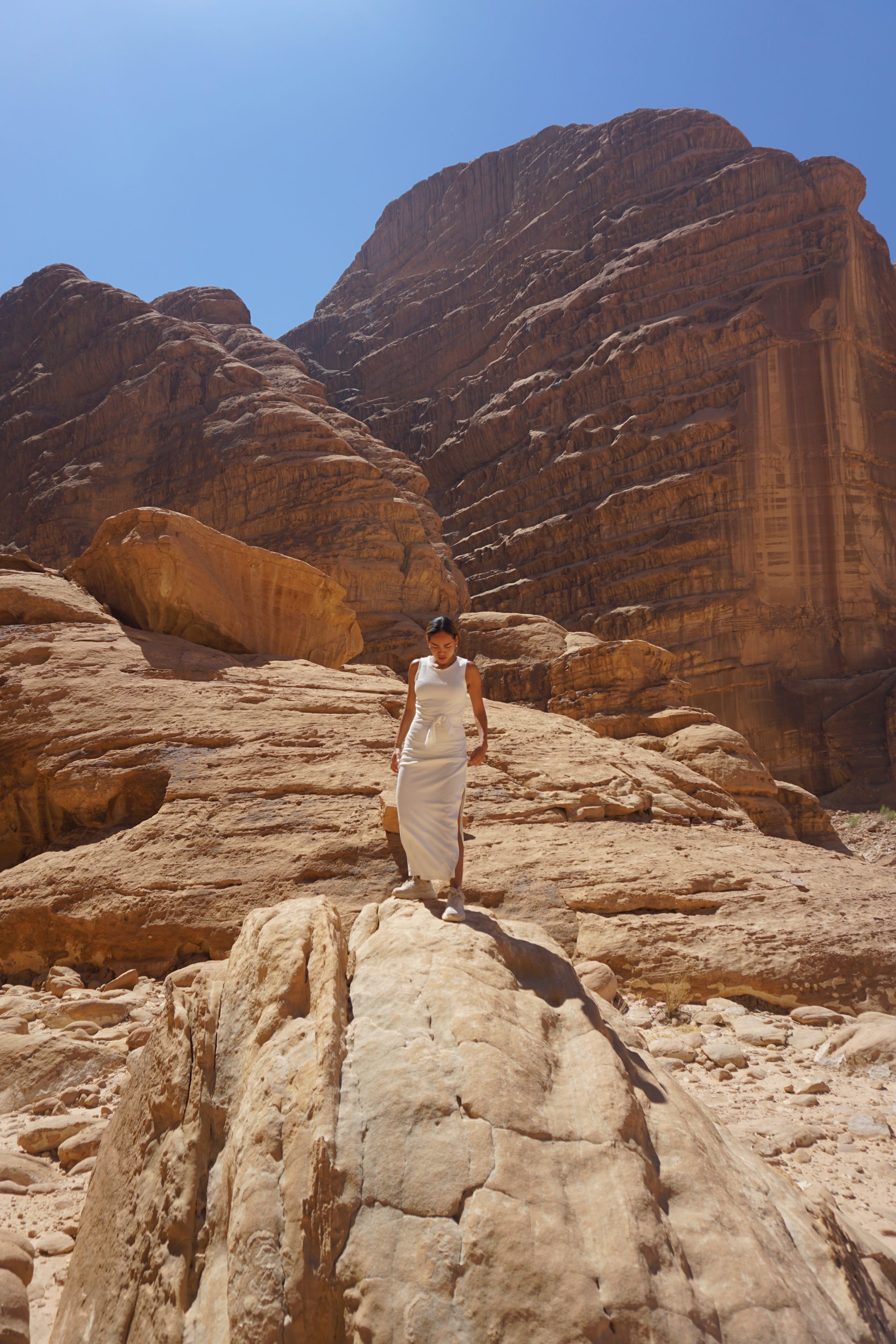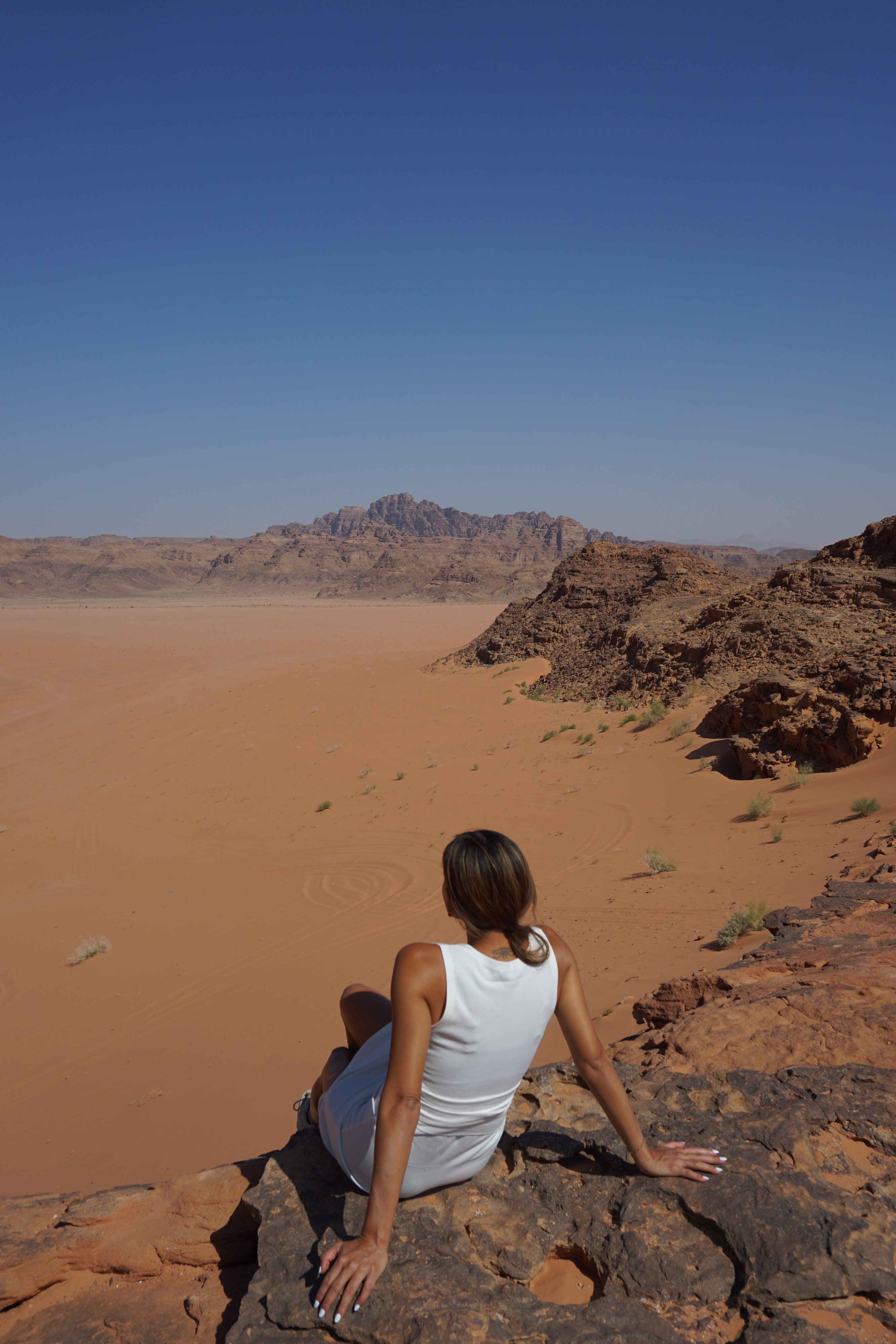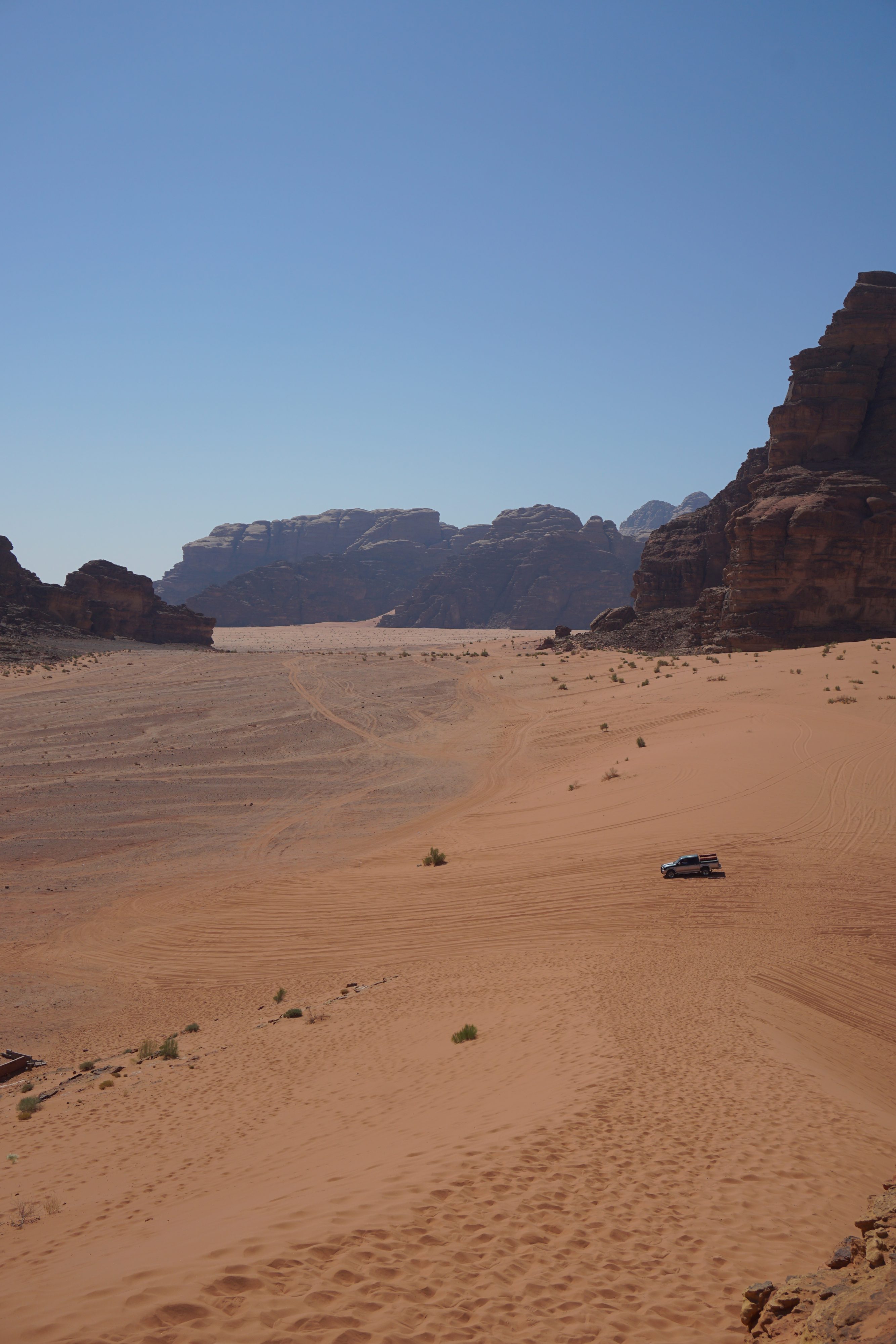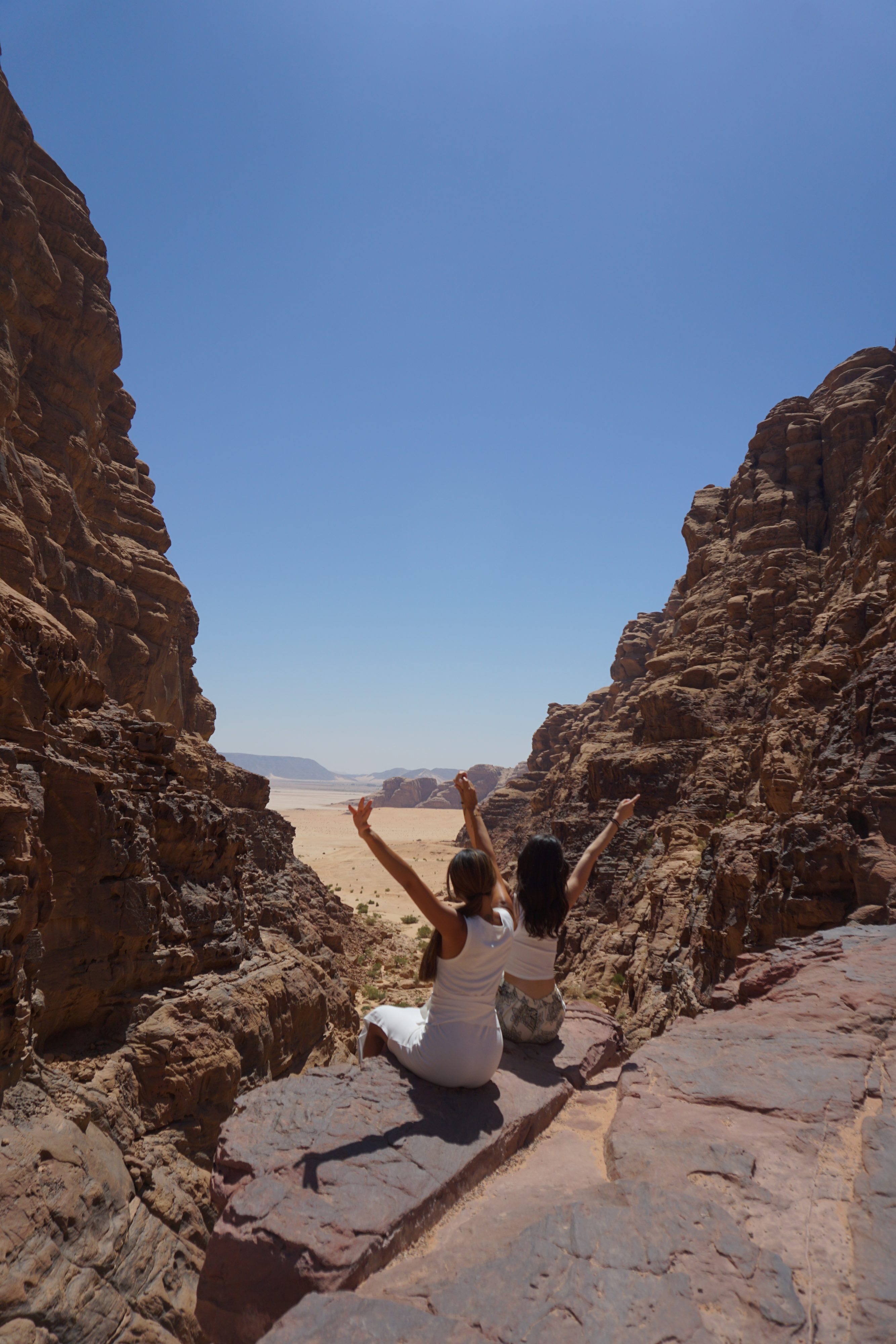Jordan, an extraordinary gem of the Middle East, is a country that weaves together an enchanting tapestry of history, culture, and natural beauty. Its rich heritage, diverse landscapes, and warm hospitality make it a compelling destination for travelers seeking both adventure and serenity. From the awe-inspiring ancient city of Petra to the surreal landscapes of Wadi Rum, Jordan offers an unforgettable journey that captures the essence of this captivating land.
Jordan’s allure lies not just in its historical and natural wonders but also in its ability to seamlessly blend the ancient with the modern. Nestled between Saudi Arabia, Iraq, Syria, Israel, and the Palestinian territories, this Middle Eastern kingdom is a crossroads of civilizations. The remnants of past empires—Nabatean, Roman, Byzantine, and Ottoman—are scattered across the landscape, each contributing to the country’s rich cultural mosaic.
Travelers to Jordan are greeted with a landscape that spans from rolling desert dunes to lush valleys, from bustling urban centers to serene, ancient ruins. This diversity is what makes Jordan such an exceptional destination. It is a place where you can explore the remnants of a bygone era in Petra, relax by the mineral-rich waters of the Dead Sea, or traverse the otherworldly terrain of Wadi Rum.
Jordan’s historical significance is reflected in its many cultural sites, each offering a unique glimpse into the past. The country’s history is deeply rooted in the Palaeolithic era, and its archaeological treasures span millennia. From the monumental ruins of Petra to the well-preserved mosaics of Madaba, Jordan is a living museum of ancient civilizations.
The Nabateans, who carved Petra from rose-red sandstone, are perhaps the most famous of Jordan’s ancient inhabitants. Their legacy is evident in the architectural marvels of Petra, including the Treasury, the Monastery, and the ancient tombs. The Romans, too, left their mark, with the ruins of Jerash showcasing their engineering prowess and urban planning.
Petra: The Jewel of Jordan
Petra, often referred to as the “Rose City,” is a highlight of any visit to Jordan. This ancient city, carved into the cliffs by the Nabateans, is a UNESCO World Heritage site and one of the New Seven Wonders of the World. The journey to Petra begins in Wadi Musa, a charming village that serves as the gateway to this archaeological wonder.
The approach to Petra is as dramatic as the site itself. Visitors pass through the Siq, a narrow gorge that leads to the Treasury, a monumental structure that greets you with its intricate façade. As you explore Petra, you’ll encounter a range of architectural marvels, from the Royal Tombs to the Roman-style theater. The city’s layout reflects the sophisticated urban planning of its ancient inhabitants, and its stunning beauty continues to captivate visitors from around the globe.
Wadi Musa, located in southern Jordan, is a vibrant village that serves as the primary gateway to Petra. The name “Wadi Musa” translates to “Valley of Moses,” and local legend holds that Moses passed through this area on his journey from Egypt. The village is set against a backdrop of towering sandstone cliffs, providing a picturesque setting for visitors.
Wadi Musa is more than just a base for exploring Petra; it is a destination in its own right. The village offers a range of accommodations, from luxury hotels to charming guesthouses, catering to various tastes and budgets. After a day of exploring Petra, visitors can unwind in local Turkish baths, sample traditional Jordanian cuisine, or enjoy the lively nightlife. The Spring of Moses, a natural spring with religious significance, adds an extra layer of cultural depth to the area.
Adjacent to Wadi Musa is Siq Al-Barid, also known as “Little Petra.” While smaller than its famous neighbor, Little Petra offers a fascinating glimpse into Nabataean architecture and culture. The site is less crowded than Petra, allowing for a more intimate exploration of the ancient ruins.
Little Petra is notable for its well-preserved rock-cut structures, which include temples, tombs, and living quarters. The site provides valuable insights into the daily life of the Nabateans and their architectural innovations. The nearby Petra by Night event, where thousands of candles illuminate the Siq and the Treasury, offers a magical experience that enhances the allure of both Petra and Little Petra.
Wadi Mujib: The Grand Canyon of Jordan
To the west of Jordan lies Wadi Mujib, a natural reserve often referred to as the Grand Canyon of Jordan. This vast and dramatic landscape stretches from the shores of the Dead Sea to the towering mountains of the Rift Valley. Wadi Mujib is renowned for its stunning canyons, diverse wildlife, and breathtaking scenery.
The reserve covers an area of 212 square kilometers and offers a range of hiking trails that cater to different levels of experience. The Siq Trail, with its water crossings and narrow gorge, is a popular choice for adventurous hikers. The Ibex Trail, known for its panoramic views and opportunities to spot Nubian ibex, is ideal for those seeking a more relaxed hike. The Canyon Trail and Malaqi Trail provide additional options for exploring the reserve’s dramatic landscapes.
Wadi Mujib’s unique elevation changes, ranging from 400 meters below sea level to 900 meters above, create a varied and stunning environment. The reserve is a haven for birdwatchers, with eagles and vultures among the species that inhabit the area. The reserve is managed by the Royal Society for the Conservation of Nature (RSCN), which ensures the protection and preservation of this extraordinary landscape.
Wadi Rum, often referred to as the “Valley of the Moon,” is a desert wilderness that captivates visitors with its otherworldly beauty. Located in southern Jordan, this protected area spans 720 square kilometers and features a dramatic landscape of sand dunes, rugged mountains, and unique rock formations.
The geological history of Wadi Rum is marked by tectonic activity that has shaped the landscape into towering mesas, natural arches, and intricate rock formations. The area’s stark beauty is a result of ancient geological processes, and its desolate expanse creates a sense of otherworldly isolation.
Visitors to Wadi Rum can experience the desert’s charm through jeep tours, camel rides, and overnight stays in traditional Bedouin camps. The local Bedouin community, known for their hospitality, invites travelers to share in their way of life, offering a taste of traditional Bedouin cuisine and culture.
Experiencing Wadi Rum
Wadi Rum’s stunning scenery is best appreciated through a variety of activities. Jeep tours provide a thrilling way to explore the desert’s vast expanses and discover hidden treasures such as rock inscriptions and ancient archaeological sites. Camel rides offer a more leisurely pace, allowing travelers to immerse themselves in the tranquil beauty of the desert.
For a truly memorable experience, consider spending a night in one of Wadi Rum’s Bedouin camps. These camps provide a unique opportunity to sleep under the stars in a traditional desert setting. The clear, unpolluted skies of Wadi Rum make it one of the best places in Jordan to observe the night sky. The changing colors of the sandstone, illuminated by the setting sun, add a magical touch to any visit.
Jordan is a year-round destination, but the best times to visit depend on your interests and tolerance for varying weather conditions. The peak tourist seasons are from September to November and February to May, when the weather is mild and pleasant. These months are ideal for exploring Jordan’s outdoor attractions and participating in activities such as hiking and sightseeing.
Summer, from June to August, can be scorching, particularly in the desert regions. Temperatures can soar to 40 degrees Celsius, making it less comfortable for outdoor activities. However, summer offers longer days and fewer crowds, which can be an advantage for some travelers.
Winter, from December to February, brings cooler temperatures and occasional rain. While this time of year may see fewer tourists and lower prices, it is important to be prepared for colder weather, especially in the desert. Packing layers and checking weather forecasts can help ensure a comfortable visit.
Jordan is a destination that offers a rich tapestry of experiences, from the ancient marvels of Petra to the dramatic landscapes of Wadi Mujib and Wadi Rum. Whether you’re an adventurer, a history enthusiast, or simply seeking a serene escape, Jordan has something to offer everyone.
The country’s unique blend of cultural heritage, natural beauty, and warm hospitality creates a travel experience that is both enriching and memorable. Each destination in Jordan tells a story waiting to be explored, and every visit reveals new facets of this remarkable land. Embark on a journey to Jordan and discover a world where history and nature intertwine to create an unforgettable adventure.
Jordan’s treasures await, promising a travel experience that will leave you captivated and inspired. Whether you’re wandering through ancient ruins, hiking through dramatic landscapes, or immersing yourself in local culture, Jordan is a destination that will stay with you long after your journey ends.



